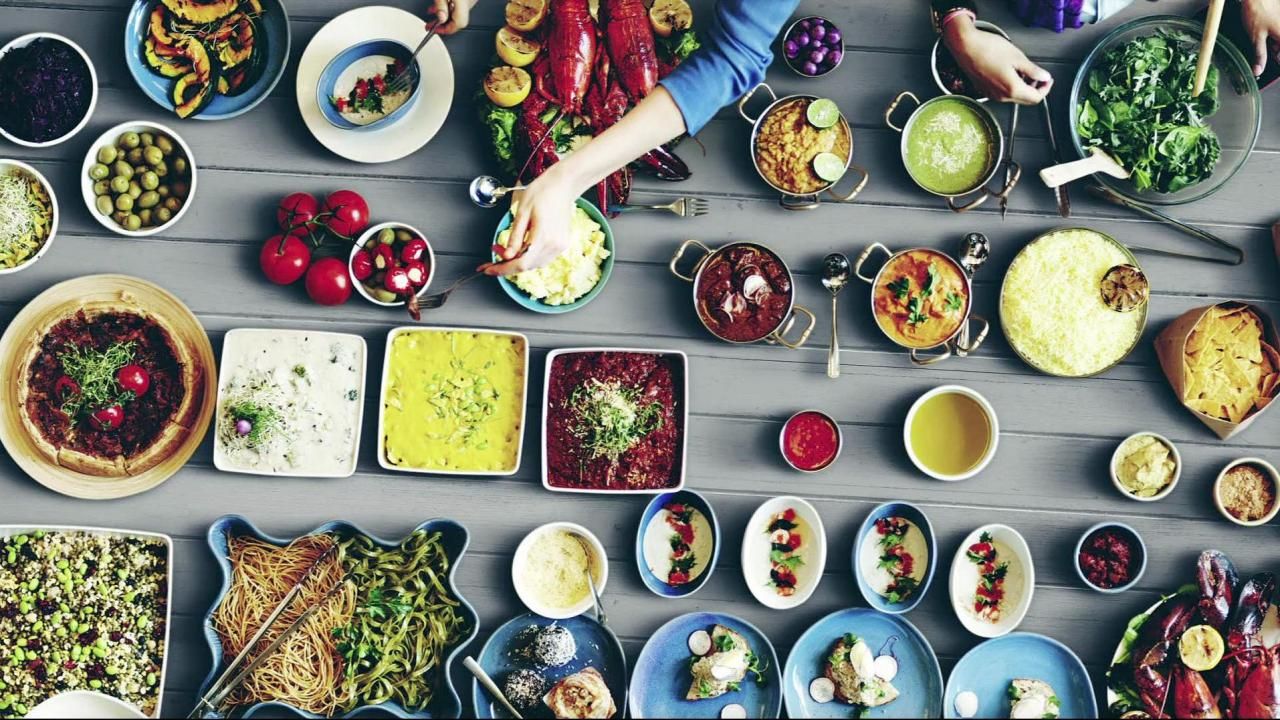
Chamberlains of London – Global Fusion Flavors have taken the culinary world by storm. Chefs combine ingredients from different cultures to create unique dishes. This blending challenges traditional cooking boundaries and excites adventurous diners. Critics and customers alike are curious about how these innovative menus perform. Fusion cuisine represents creativity, diversity, and globalization in food. It reflects how cultures interact and inspire each other through flavors. In May 2025, fusion food continues to grow in popularity across continents. Both praise and criticism shape the evolving perception of this trend.
Food critics have mixed reactions to fusion cuisine’s rise. Some praise chefs for pushing culinary boundaries and inventiveness. They celebrate the ability to combine unexpected flavors into harmonious dishes. Critics also note the importance of balance to avoid overwhelming the palate. However, some critics argue fusion can feel gimmicky or confused when not executed well. They emphasize authenticity and respect for original cuisines as vital. Reviews often highlight standout fusion dishes that elevate the dining experience. Conversely, poorly crafted fusion menus face scrutiny for lacking coherence. Critics play a significant role in influencing diners’ expectations and choices. Their insights encourage chefs to refine and innovate responsibly.
“Read about: Lahore’s Culinary Showcase: PICC 2025 Brings Together World-Class Talent”
Diners are increasingly open to trying fusion cuisine, seeking novelty and excitement. Many enjoy the surprise element of unexpected flavor combinations. Social media platforms amplify customer reviews and visual appeal of fusion dishes. Customers appreciate creative presentations alongside bold taste experiments. Some diners feel fusion food offers a gateway to learn about different cultures. However, others may prefer traditional dishes and approach fusion with caution. The success of fusion restaurants often depends on how well they educate and engage their patrons. Interactive dining experiences and storytelling enhance customer connection. Positive word-of-mouth fuels the ongoing enthusiasm for fusion menus globally.
“Read more: Unvaccinated and Vulnerable: The Return of Preventable Diseases Among Children”
Several fusion trends dominate the international dining scene in 2025. Asian-Latin American blends combine vibrant spices with fresh, bold ingredients. Middle Eastern-Italian pairings introduce aromatic herbs and rich textures. Plant-based fusion dishes meet growing demand for sustainable, healthy options. Street food-inspired fusion also gains traction for its casual yet flavorful appeal. Technology and data help chefs experiment with molecular gastronomy in fusion dishes. Pop-up fusion restaurants create buzz by offering limited-time exclusive menus. Collaborations between chefs from different backgrounds encourage authentic innovation. These trends demonstrate the dynamic and evolving nature of fusion cuisine worldwide.
Despite its popularity, fusion cuisine faces challenges related to cultural sensitivity. Appropriation concerns arise when traditional dishes are altered without respect. Maintaining the identity of original cuisines while innovating requires skill and awareness. Supply chain issues may affect the availability of authentic ingredients. Some fusion concepts struggle to balance creativity with consistent quality. However, culinary education and cross-cultural dialogue foster better understanding. Chefs increasingly collaborate with cultural experts to honor food origins. As the global palate evolves, fusion cuisine is expected to diversify further. Sustainability and ethical sourcing will become key considerations in future innovations.